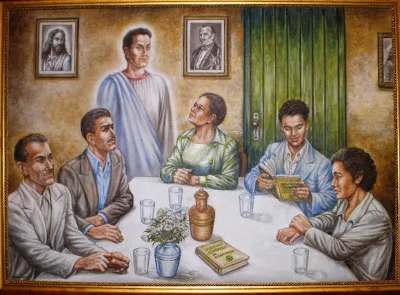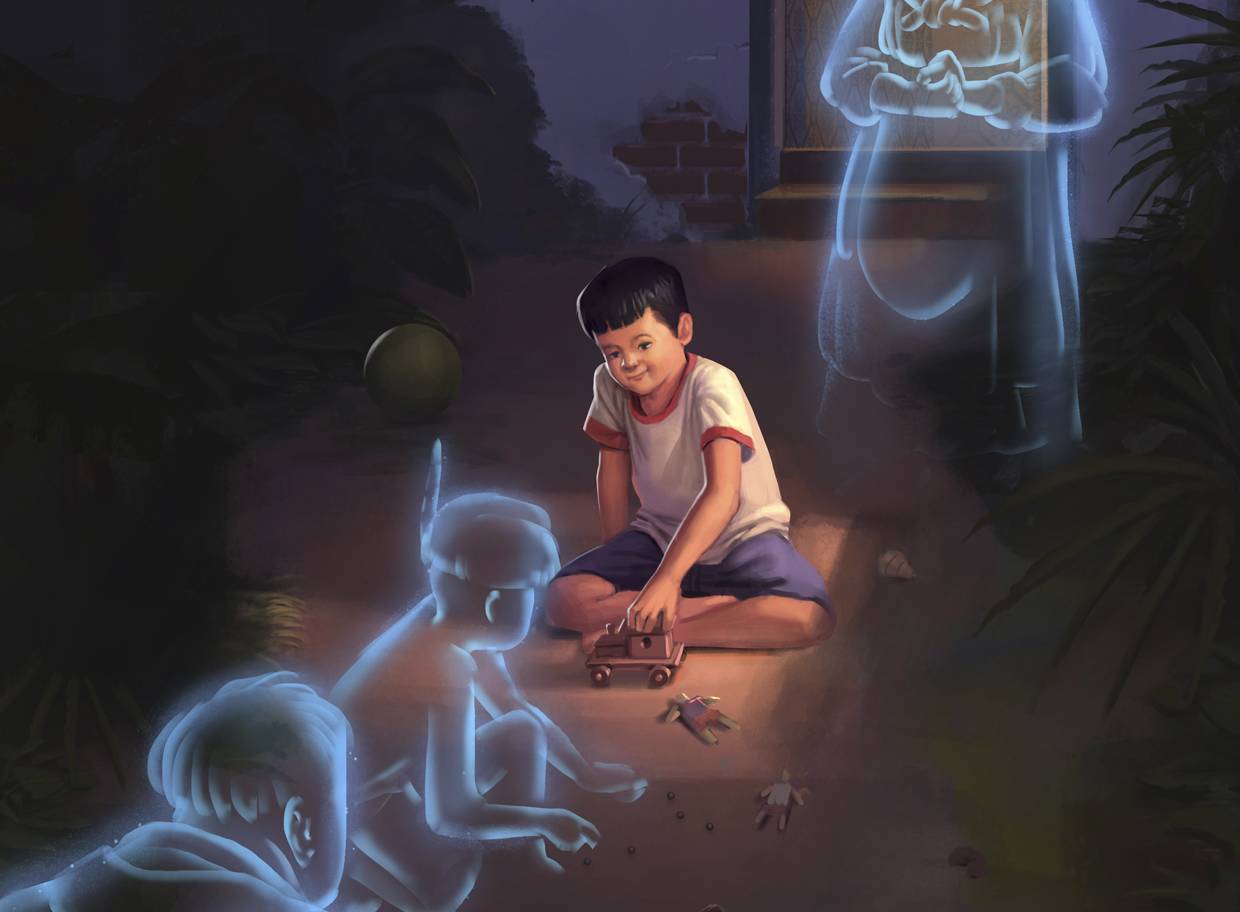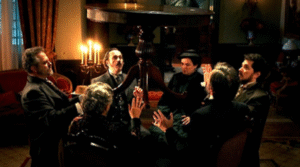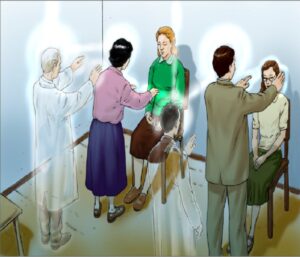Phenomena and Mediumship
Allan Kardec, Allan Kardec teachings, chico xavier, clairvoyance in Spiritism, clairvoyance safety tips, developing clairvoyance, mediumship, moral alignment in mediumship, spiritism, spiritual communication, spiritual growth, spiritual vision, types of clairvoyance
HailtonSouza
0 Comments
Mediumship: Clairvoyance

Clairvoyance in Spiritism
Clairvoyance is a fascinating spiritual faculty that sparks curiosity and mystery. It is the ability to perceive images, scenes, or information beyond the physical senses. In the context of Spiritism, clairvoyance is a mediumistic manifestation that can be developed and understood through the teachings of Allan Kardec, the codifier of the Spiritist Doctrine.
In this guide, you will find a complete overview of clairvoyance, its different types, levels of manifestation, and essential aspects for its correct and safe use. We will explore how this faculty works, its variations, and the vital role of moral alignment in mediumistic development. If you wish to deepen your understanding, read this article to the end.
What Is Clairvoyance? Spiritist Definition and Context
The word clairvoyance refers to the ability to see beyond the physical plane — to perceive images and events invisible to the naked eye. This vision may occur with eyes open or closed because it does not depend on the physical eyes but rather on the spirit, through the spiritual body known as the perispirit.
According to Allan Kardec in The Mediums’ Book, clairvoyance is one form of mediumship — a channel that enables communication between the spiritual and physical worlds. However, what a medium sees is not always absolute truth, as spiritual influences can cause illusions.
Therefore, clairvoyance is a powerful tool that can be used for guidance, spiritual assistance, and moral growth — provided it is exercised with responsibility and preparation.
Types of Clairvoyance in Spiritism
Clairvoyance can manifest in several ways, each reflecting a different way of perceiving the spiritual world.
Spiritual (Mediumistic) Clairvoyance
- The medium sees spirits, environments, or events in the spiritual plane clearly, almost as if it were physical vision.
- This may happen with eyes open or closed.
- However, the spirit’s appearance may not be its true form — it can be altered by other entities.
Remote Clairvoyance
- The medium can “see” people, places, or events that are physically distant.
- This perception bypasses physical space limitations because the spirit is not bound by them.
Retrocognition (Past Vision)
- The ability to perceive events that have already occurred, like a fluidic “memory.”
- This vision can help clarify present problems by understanding past causes.
Precognition (Future Vision)
- The perception of possible future events, which are not fixed but depend on choices and actions.
- This vision is meant to guide and warn, not to predict fate.
Symbolic Clairvoyance
- The medium receives symbolic images that require interpretation instead of literal scenes.
- This is very common in dreams and semi-mediumistic states.
Levels of Clairvoyance
Clairvoyance is not static — it varies in intensity and scope depending on the medium.
- Impressionistic Level
Vague visual sensations, flashes of light, or mental shapes.
Common among developing mediums. - Hazy or Semi-Transparent Level
Seeing blurry silhouettes, as if through fog. - Partial Clear Level
Clear perception of part of a spirit or scene, but not the entirety. - Full Level
A complete, detailed, and colorful view of the spiritual scene. - Multidimensional Level
Simultaneous vision of both physical and spiritual planes — rare and advanced.
Historical Examples of Clairvoyants
In Mediunity of the Saints, Clóvis Tavares reports that Saint Lucy, besides being immune to flames, had clairvoyance and received help from spirits such as Saint Agatha in healings. She is considered the patron saint of clairvoyant mediums and ophthalmologists.
Essential Aspects of Clairvoyance in Spiritism
- Spiritual Origin
Clairvoyance comes from the perispirit, not the physical eyes. This explains why it can happen with eyes open or closed. - Moral and Mental Alignment
A medium’s moral condition shapes the quality of clairvoyance. Balanced, kind-hearted people attract enlightened spirits, while troubled minds draw negative influences. - Limits and Interference
Not everything should be seen or revealed. Higher spirits filter visions to protect the medium, while lower spirits may create illusions. - Control and Responsibility
Clairvoyance can be spontaneous or induced, often during mediumistic meetings. It should always serve for good, avoiding vanity or idle curiosity.
Developing Clairvoyance Safely
- Study Spiritist works such as The Mediums’ Book and The Gospel According to Spiritism.
- Pray and meditate regularly to uplift your mind.
- Commit to moral improvement, as clairvoyance strengthens with ethical growth.
- Join serious study and practice groups for guidance and protection.
- Practice focus and perception exercises.
Cautions and Risks
- Clairvoyance without discernment can mislead.
- Overexposure may cause emotional strain.
- Careless disclosure of visions can harm others.
“We must be content with the faculties that God has given us, without seeking the impossible, so as not to lose what we already have.” — Allan Kardec”
Recommended Reading
- The Mediums’ Book — Allan Kardec
- The Gospel According to Spiritism — Allan Kardec
- In the Realms of Mediumship — Francisco Cândido Xavier
- Our Home — Francisco Cândido Xavier (Spirit André Luiz)
Conclusion: Clairvoyance as a Tool for Growth and Service
Clairvoyance is a gift that should be approached with respect, study, and responsibility. It opens doors to spiritual understanding and can be a valuable means to help others while advancing one’s moral journey.
Share this content:













Post Comment